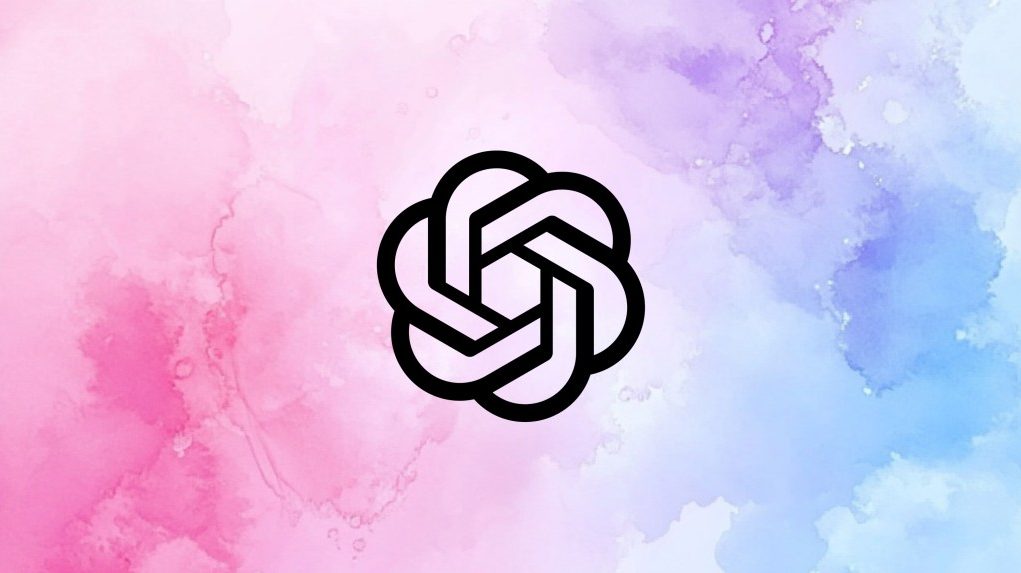Join our daily and weekly newsletters for the latest updates and exclusive content on industry-leading AI coverage. Learn More
In a marked contrast to last year’s splashy event, OpenAI held a more subdued DevDay conference on Tuesday, eschewing major product launches in favor of incremental improvements to its existing suite of AI tools and APIs.
The company’s focus this year was on empowering developers and showcasing community stories, signaling a shift in strategy as the AI landscape becomes increasingly competitive.
The company unveiled four major innovations at the event: Vision Fine-Tuning, Realtime API, Model Distillation, and Prompt Caching. These new tools highlight OpenAI’s strategic pivot towards empowering its developer ecosystem rather than competing directly in the end-user application space.
Prompt caching: A boon for developer budgets
One of the most significant announcements is the introduction of Prompt Caching, a feature aimed at reducing costs and latency for developers.
This system automatically applies a 50% discount on input tokens that the model has recently processed, potentially leading to substantial savings for applications that frequently reuse context.
“We’ve been pretty busy,” said Olivier Godement, OpenAI’s head of product for the platform, at a small press conference at the company’s San Francisco headquarters kicking off the developer conference. “Just two years ago, GPT-3 was winning. Now, we’ve reduced [those] costs by almost 1000x. I was trying to come up with an example of technologies who reduced their costs by almost 1000x in two years—and I cannot come up with an example.”
This dramatic cost reduction presents a major opportunity for startups and enterprises to explore new applications, which were previously out of reach due to expense.

Vision fine-tuning: A new frontier in visual AI
Another major announcement is the introduction of vision fine-tuning for GPT-4o, OpenAI’s latest large language model. This feature allows developers to customize the model’s visual understanding capabilities using both images and text.
The implications of this update are far-reaching, potentially impacting fields such as autonomous vehicles, medical imaging, and visual search functionality.
Grab, a leading Southeast Asian food delivery and rideshare company, has already leveraged this technology to improve its mapping services, according to OpenAI.
Using just 100 examples, Grab reportedly achieved a 20 percent improvement in lane count accuracy and a 13 percent boost in speed limit sign localization.
This real-world application demonstrates the possibilities for vision fine-tuning to dramatically enhance AI-powered services across a wide range of industries using small batches of visual training data.
Realtime API: Bridging the gap in conversational AI
OpenAI




















